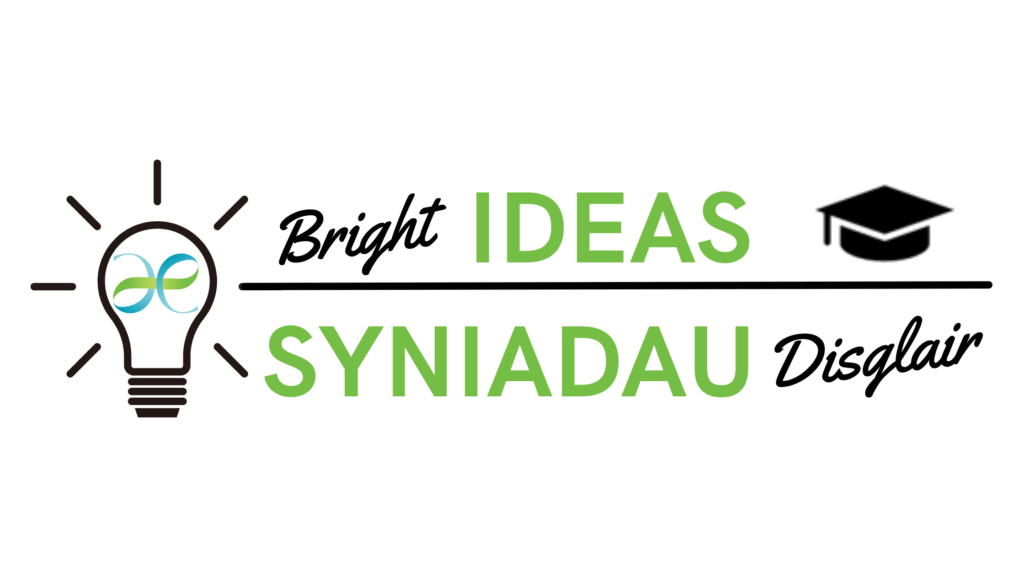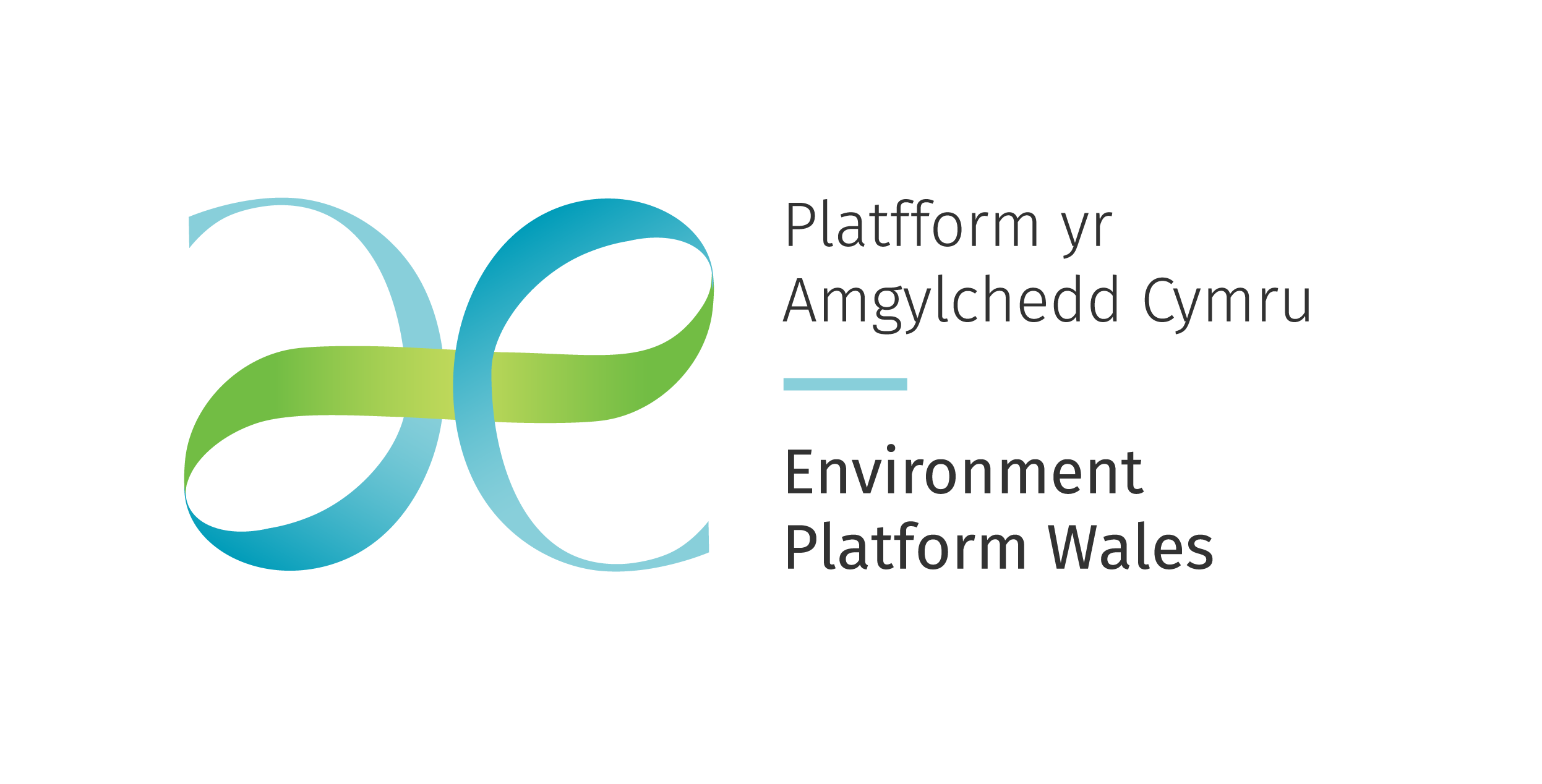
If you are seeking to deliver an impactful dissertation topic, with direct relevance to environmental policy makers or, simply looking for inspiration for your final year project, you can search for ideas below.
You can search the research questions that have been directly submitted to us, or browse other collections of research ideas from partner organisation such as Natural Resources Wales and Climate Cymru. We are still adding relevant keywords to the data, so try a different search term if nothing comes up or get in touch for support searching the database.
If you do find a question of relevance and decide to address it through your dissertation, we would really like to know about it. Please fill out the form that can be found here.
[Enter keyword and press ‘search’ or the return key]
.
What are the impacts of intermittent sewage discharges into Marine Protected Areas and their catchments?
Summary of the Research Question / Evidence Need:
Intermittent sewage discharges enter the catchment and their effluent is carried to our Marine Protected Areas (MPAs); the discharges also enter directly to our MPAs. An analysis of data on intermittent discharges is required, including determining the volume and concentration (loading) from discharges from the wider catchment and determining if the assets are spilling only during wet weather. An assessment of the impacts of the discharges on MPA feature condition is required.
Next steps and progress: To be undertaken as part of the National Environment Programme
Keywords (discipline, other): Marine sciences, intermittent sewage discharges, Marine Protected Areas, catchments, effluent, analysis, data, volume, concentration, loading, wet weather, National Environment Programme
Website/URL links: https://naturalresources.wales/evidence-and-data/research-and-reports/marine-biodiversity-collaborative-research-priorities/?lang=en
Looking for collaborators: Yes External Partner: Yes Organisation: Natural Resources Wales
Contact Details
Name: Dr Kirsten Ramsay Email Address: kirsten.ramsay@cyfoethnaturiolcymru.gov.uk Phone: NA
________________________________________________________________________________
What are the impacts of invasive non-native species on marine Special Areas of Conservation in Welsh waters?,
Summary of the Research Question / Evidence Need:
For more, and updated information, please visit https://naturalresources.wales/evidence-and-data/research-and-reports/marine-biodiversity-collaborative-research-priorities/?lang=en
Keywords (discipline, other): Impacts of invasive non-native species on marine Special Areas of Conservation in Welsh waters,”Invasive species, Non-native species, Marine SACs, Welsh waters, Conservation”,
Website/URL links: https://naturalresources.wales/evidence-and-data/research-and-reports/marine-biodiversity-collaborative-research-priorities/?lang=en
Looking for collaborators: Yes External Partner: Yes Organisation: Natural Resources Wales
Contact Details
Name: Email Address: marinecoastalevidence@naturalresourceswales.gov.uk Phone: NA
________________________________________________________________________________
What are the impacts of new and emerging chemical contaminants and substances, such as neonicotinoid pesticides, nanoparticles and pharmaceuticals, on water quality and ecology?
Summary of the Research Question / Evidence Need:
Our limited understanding of new and emerging chemical contaminants and substances restricts our ability to assess their impacts. For example, there are currently no indicators for microplastics, and setting ecologically relevant thresholds is still in development.
Keywords (discipline, other): Freshwater
Marine
Urban
Enclosed farmland
Land use and soil
Biodiversity
Website/URL links: https://naturalresources.wales/evidence-and-data/research-and-reports/state-of-natural-resources-report-sonarr-for-wales-2020/evidence-needs-table/?lang=en
Looking for collaborators: n/a External Partner: Y Organisation: Natural Resources Wales
Contact Details
Name: n/a n/a Email Address: Phone: NA
________________________________________________________________________________
What are the impacts of removal of slow growing, long lived fish species by recreational angling?,
Summary of the Research Question / Evidence Need:
For more, and updated information, please visit https://naturalresources.wales/evidence-and-data/research-and-reports/marine-biodiversity-collaborative-research-priorities/?lang=en
Keywords (discipline, other): Impacts of removing slow-growing, long-lived fish species by recreational angling,”Recreational angling, Slow-growing fish, Long-lived fish, Population impact, Fisheries”,
Website/URL links: https://naturalresources.wales/evidence-and-data/research-and-reports/marine-biodiversity-collaborative-research-priorities/?lang=en
Looking for collaborators: Yes External Partner: Yes Organisation: Natural Resources Wales
Contact Details
Name: Email Address: marinecoastalevidence@naturalresourceswales.gov.uk Phone: NA
________________________________________________________________________________
What are the impacts of renewable energy devices on physical processes?
Summary of the Research Question / Evidence Need:
We need to understand how wave and tidal stream devices will impact on the natural environment, and how that manifests itself in terms of impact on natural variability. While the reduction in wave height or tidal current (and subsequently morphodynamics) by individual devices is likely to be small, it is crucial to learn from these demonstration devices to gain confidence in model estimates of energy extraction and changes to the physical environment. This will enhance confidence in model predictions of array scale impacts which are likely to be more substantial.
Next steps and progress: This evidence gap requires deployment of renewable energy
devices before monitoring can be undertaken. Needs discussion with Government and Industry regarding post consent monitoring.
Keywords (discipline, other): Marine sciences, impacts, renewable energy devices, physical processes, wave, tidal stream, natural environment, models
Website/URL links: https://naturalresources.wales/evidence-and-data/research-and-reports/marine-biodiversity-collaborative-research-priorities/?lang=en
Looking for collaborators: Yes External Partner: Yes Organisation: Natural Resources Wales
Contact Details
Name: Dr Kirsten Ramsay Email Address: kirsten.ramsay@cyfoethnaturiolcymru.gov.uk Phone: NA
________________________________________________________________________________
What are the impacts of the slipper limpet (Crepidula fornicata) on horse mussel (Modiolus modiolus) beds?,
Summary of the Research Question / Evidence Need:
For more, and updated information, please visit https://naturalresources.wales/evidence-and-data/research-and-reports/marine-biodiversity-collaborative-research-priorities/?lang=en
Keywords (discipline, other): Impacts of slipper limpet (Crepidula fornicata) on horse mussel beds,”Slipper limpet, Crepidula fornicata, Horse mussel beds, Marine ecosystems”,
Website/URL links: https://naturalresources.wales/evidence-and-data/research-and-reports/marine-biodiversity-collaborative-research-priorities/?lang=en
Looking for collaborators: Yes External Partner: Yes Organisation: Natural Resources Wales
Contact Details
Name: Email Address: marinecoastalevidence@naturalresourceswales.gov.uk Phone: NA
________________________________________________________________________________
What are the impacts of wave and tidal renewable energy devices on mobile species behaviour and collision?
Summary of the Research Question / Evidence Need:
There is a need to undertake monitoring of tidal and wave devices beyond that required for licence conditions, to improve understanding of the frequency, nature and consequences of near-field interactions between mobile species and tidal turbines through monitoring of deployed devices. To address this evidence gap monitoring should include: near-field avoidance and evasion behaviour, quantification of number of collisions and near misses, consequences of collisions (e.g. injury/damage to animal) and identification of object/species types (to inform behaviour and impact studies). This information will provide evidence to inform impact assessments and predictions of collision risk for wave and tidal stream development.
Next steps and progress: Discussions currently underway with Government and Industry regarding post consent monitoring.
Keywords (discipline, other): wave, tidal, renewable energy, behaviour, collision, monitoring, licence conditions, mobile species, tidal turbines, deployed devices, impact assessments
Website/URL links: https://naturalresources.wales/evidence-and-data/research-and-reports/marine-biodiversity-collaborative-research-priorities/?lang=en
Looking for collaborators: Yes External Partner: Yes Organisation: Natural Resources Wales
Contact Details
Name: Dr Kirsten Ramsay Email Address: kirsten.ramsay@cyfoethnaturiolcymru.gov.uk Phone: NA
________________________________________________________________________________
What are the impacts on sandeels of passing through dredger screens?,
Summary of the Research Question / Evidence Need:
For more, and updated information, please visit https://naturalresources.wales/evidence-and-data/research-and-reports/marine-biodiversity-collaborative-research-priorities/?lang=en
Keywords (discipline, other): Impacts of dredger screens on sandeels,”Sandeels, Dredger screens, Impact assessment, Fisheries, Marine pollution”,
Website/URL links: https://naturalresources.wales/evidence-and-data/research-and-reports/marine-biodiversity-collaborative-research-priorities/?lang=en
Looking for collaborators: Yes External Partner: Yes Organisation: Natural Resources Wales
Contact Details
Name: Email Address: marinecoastalevidence@naturalresourceswales.gov.uk Phone: NA
________________________________________________________________________________
What are the interventions needed to support the development of a more commercial market for Welsh-grown hardwood timber, to support a regenerative economy and increase investment and confidence in the sector?
Summary of the Research Question / Evidence Need:
The commercial market for Welsh grown hardwood is currently small and fragmented. This is an under-utilised part of the Welsh woodland resource. Understanding the specific barriers and opportunities would support the move to a regenerative economy.
Keywords (discipline, other): Woodland
Website/URL links: https://naturalresources.wales/evidence-and-data/research-and-reports/state-of-natural-resources-report-sonarr-for-wales-2020/evidence-needs-table/?lang=en
Looking for collaborators: n/a External Partner: Y Organisation: Natural Resources Wales
Contact Details
Name: n/a n/a Email Address: Phone: NA
________________________________________________________________________________
What are the key elements of ffridd and what guidelines can we suggest for securing an appropriate balance of vegetation?
Summary of the Research Question / Evidence Need:
Ffridd is a distinctive and often dynamic mozaic of pasture, heathland, flush, woodland, wood-pasture, bracken and rock straddling the upland boundary where management changes reflect agricultural fortunes. Dominance by any one component may be undesirable. A better understanding of the functional relationships of the elements of ffridd should lead to better advice on management of this landscape.
Keywords (discipline, other): Mountains, moorland, and heath
Woodland
Semi-natural grassland
Biodiversity
Website/URL links: https://naturalresources.wales/evidence-and-data/research-and-reports/state-of-natural-resources-report-sonarr-for-wales-2020/evidence-needs-table/?lang=en
Looking for collaborators: n/a External Partner: Y Organisation: Natural Resources Wales
Contact Details
Name: n/a n/a Email Address: Phone: NA
________________________________________________________________________________




